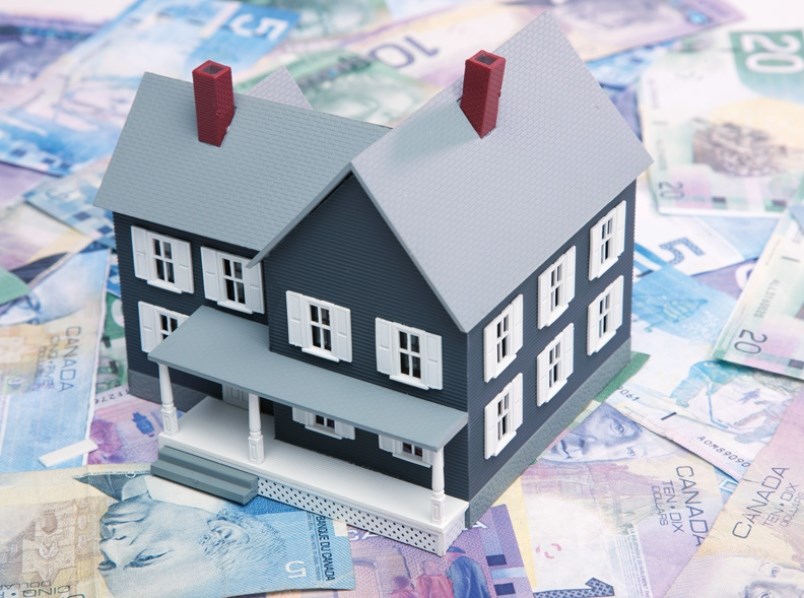When determining the value of properties like residential or commercial, the Saskatchewan Assessment Management Agency (SAMA) uses costs, sales comparisons, and property income or rental fees to ascertain the rate — and not how many widgets business owners sold.
People who own property, a home, or a business have likely had appraisals and know what their properties are worth, so similarly, SAMA applies these three approaches to determine the land’s value, explained Darwin Kanius, technical standards and policy manager of quality control at SAMA’s Moose Jaw office, during an online presentation on May 20.
The agency separates the land cost from the buildings and uses manuals to determine the structures’ costs. SAMA appraisers visit properties gather data about the land, including its size, type, height, age and condition. A computer system then helps determine the values.
“When we get the cost values, we also measure them against sales values that occur locally in Moose Jaw,” said Kanius. “I believe we had in this last … four-year cycle, we had close to 60 or 70 sales … of various kinds (such as apartments, commercial property and hotels).”
SAMA uses the sales comparison approach for residential properties, a common technique used in the real estate industry where appraisers compare your property to similar ones in the neighbourhood. During the four years of the assessment cycle, the agency analyzes the data points from more than 2,000 sales to determine the property’s value.
While your assessment may not be the actual value, it will be close, so to find out if you’ve been treated fairly, you can compare your property to your neighbours’, he added.
SAMA judges rental properties based on their ability to generate income, whether through ownership or rentals to third parties. The agency analyzes the data and looks at factors such as your expenses, rental rates or vacancies, gross leasable area, contract rents, collection losses, and other income before comparing that to sales prices to derive a value.
Allowable expenses include management, salaries, utilities, supplies and materials, repairs and maintenance, property taxes, insurance and miscellaneous items. Now-allow expenses include depreciation, debt service, income taxes and capital improvements.
“We have to value — and we’re required to value — all properties. Our legislation does not permit us to exclude a property just because it’s not being used, vacant, or run down,” said Karius. “There has to be some value on there.”
Nancy Wollner, manager of SAMA’s Moose Jaw office, pointed out that the agency does not care about or look at property owners’ business income, how many shoes were sold, or the number of patients seen when determining assessment values. Instead, the organization follows objective industry standards.
Property owners are encouraged to talk to SAMA first before filing an appeal, she said. The agency can alleviate concerns and explain situations. While people might not like the answers, they will have a better understanding of the process.
Officials will review the physical property to ensure they have all the necessary information about it. Sometimes, there could be an error discovered, which can happen since SAMA receives information from city hall about permitting.
“If things are done without a permit, or for whatever reason the city isn’t sending us out there, we may not know about it,” added Wollner. “We also have a reinspection program where we’re committed to getting to all properties in 12 years, so we will try and catch it then … . If we have an error, we’ll work to correct it.”
SAMA’s Moose Jaw office is located on the fourth floor of city hall. The office can be reached at 306-694-4425 or [email protected] or by visiting its website at www.sama.sk.ca.




